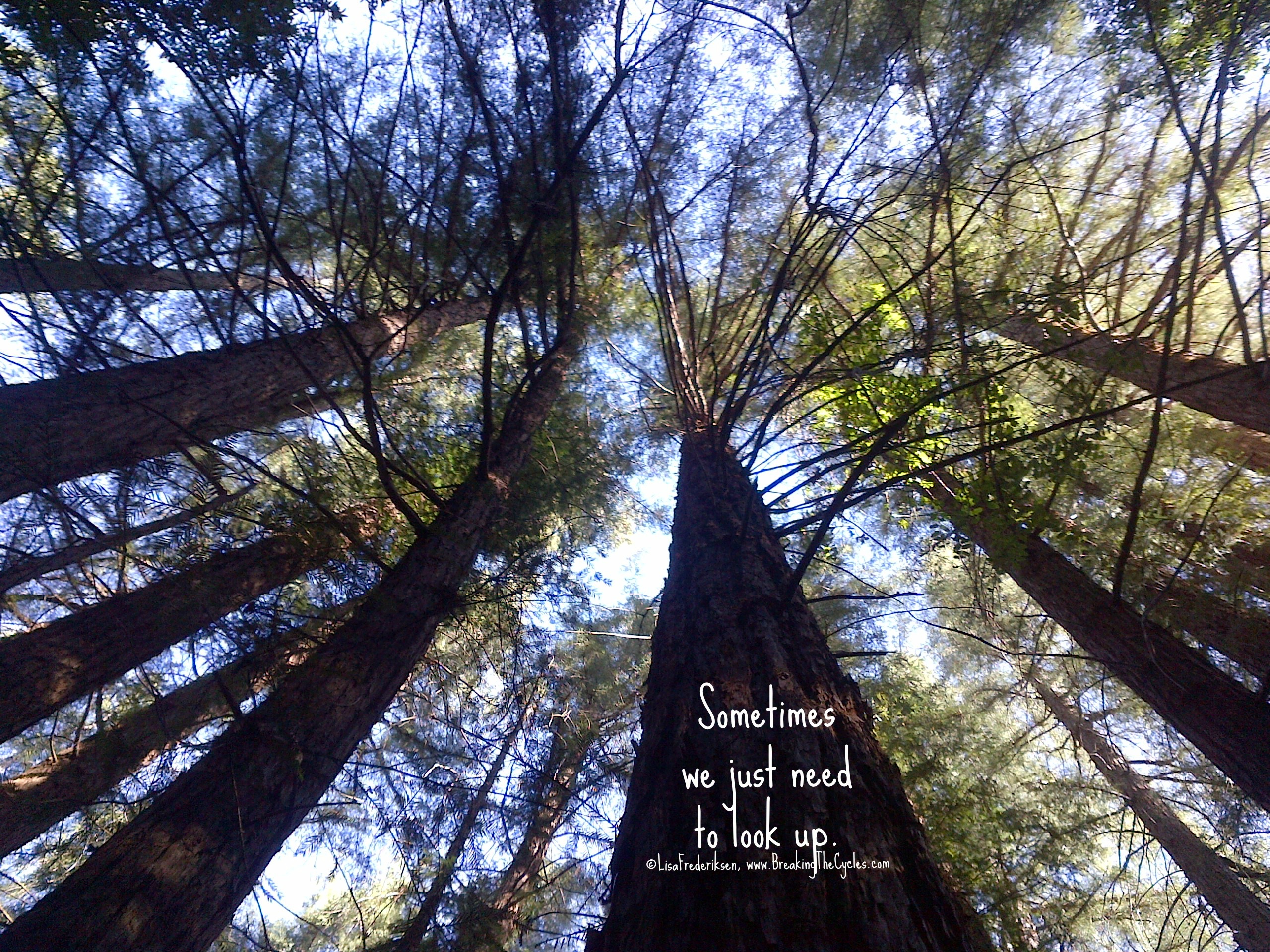“Let It Go.” For years I couldn’t relate to this phrase. It seemed so overused, and frankly one that got my blood boiling because it sounded so overly simplistic. Yet, it’s now one of my favorite phrases. In fact on heavy stress days, I’m practically chanting, “Let it go….” So how does it work for me?
How to Let It Go
Over the course of my recovery from 40+ years of family member and friends’ alcohol abuse and/or alcoholism, I’ve come through some heavy, heavy stress days. But it’s because of the years of recovery work I’ve done (therapy, Al-Anon, research) and my newfound understanding of the science behind the codependent’s brain (see this post for more on this) that everything has changed. Between the two I am now able to keep pulling myself back to the fact that I have absolute control of what I think, and therefore, how I respond. I have absolutely NO control over another person’s brain, therefore another person’s thoughts, reactions, feelings or behaviors.This is not to be confused with how I feel. Because let me tell you, my feelings were (and occasionally still are) ALL OVER the place – anger, sadness, frustration, rage, despair, hope, resignation, emptiness, loneliness, “why me?”, “what happened?” “haven’t I gone through enough?” “Now what?” And, my reactions?
‘Back in the day,’ my reactions were NOT based on responding (explained next). They were immediate and often unproductive as they followed the wild ride of my feelings, ranging from tears to dazed walking the neighborhood streets to yelling at the walls to grinding my teeth (and, oh yea…headaches, too).
But thanks to the “new me,” today, I’m able to weather all kind of stressors, knowing that I have absolute control over what I think, therefore how I respond (again, not to be confused with how I feel).
Responses (as opposed to reactions) occur when I jar my thinking out of the Limibc System portion of my brain and move it down different neural pathways to those in the Cerebral Cortex, the thinking part of my brain. And it is when I think that I can respond with reason and clarity vs simply reacting out of an emotional response (something that occurs when stuck in neural networks in the Limibc System). To get there – to get to thinking and responding vs feeling and reacting – I use this phrase, “Let it go…” (and others, such as “THINK,” “HALT” and “BREATHE”) to remind myself, “I am in control – when and if I’m ready respond, it’s up to me.”
To help me figure out what to do next, I talk about the problem with friends or family, go swimming, sleep, hike, rock climb, research, write about it, work, practice mindfulness — some of these activities are directed at finding a solution and some are just to take my mind off the problem. In other words, after I feel my feelings and the range of reactions they inspire, I can think things through and then “calmly” respond. Followed, of course, by “Let it go…” (releasing that kite string) to remind myself to move on – enjoy the moments – because who knows what might happen, next.
Not to Overly Simplify, But Perhaps…
“Letting go” does not mean I’ve necessarily found an easy or immediate solution or that all is well. “Letting go” is more like a clearing of my mind for that moment or period of time. It’s a reminder that I can’t solve it all at once, but I’ll do what I can, when I can, however I can. Often it can be as simple as gaining a new perspective, and with that, I leave you with the following image:
About Lisa Frederiksen:
Lisa Frederiksen is the author of nine books and a national keynote speaker with over 25 years public speaking experience. She has been consulting, researching, writing and speaking on alcohol abuse, drug addiction, secondhand drinking, treatment, mental illness, underage drinking, and help for the family since 2003. Her 40+ years experience with family and friends’ alcohol abuse and alcoholism, her own therapy and recovery work around those experiences, and her research for her blog posts and books, including her most recent - "Crossing The Line From Alcohol Use to Abuse to Dependence," "Loved One In Treatment? Now What!" and "If You Loved Me, You’d Stop!" - frame her work with medical school students, families, individuals, students and administrators, businesses, public agencies, social workers, family law attorneys, treatment providers and the like.
2 comments:
Part of healing is breaking through the denial process, at emapathic recovery:
If we don't break through denial, then we "got nothing." Many people come to us thinking something is not right in their lives, but can't quite figure out what it is. We help them gain awareness and understanding of the true depths of their addictions while encouraging them to take responsibility for their recovery by building an environment of emotional safety. The clients are encouraged to be honest with themselves, thus breaking the denial.
@Emapathicrecovery.com
Do not call 911! No more...too many times...too many "he will do it"! I'm tired!
Post a Comment